Does Burning Graphite from a Pencil Turn It into Carbon?
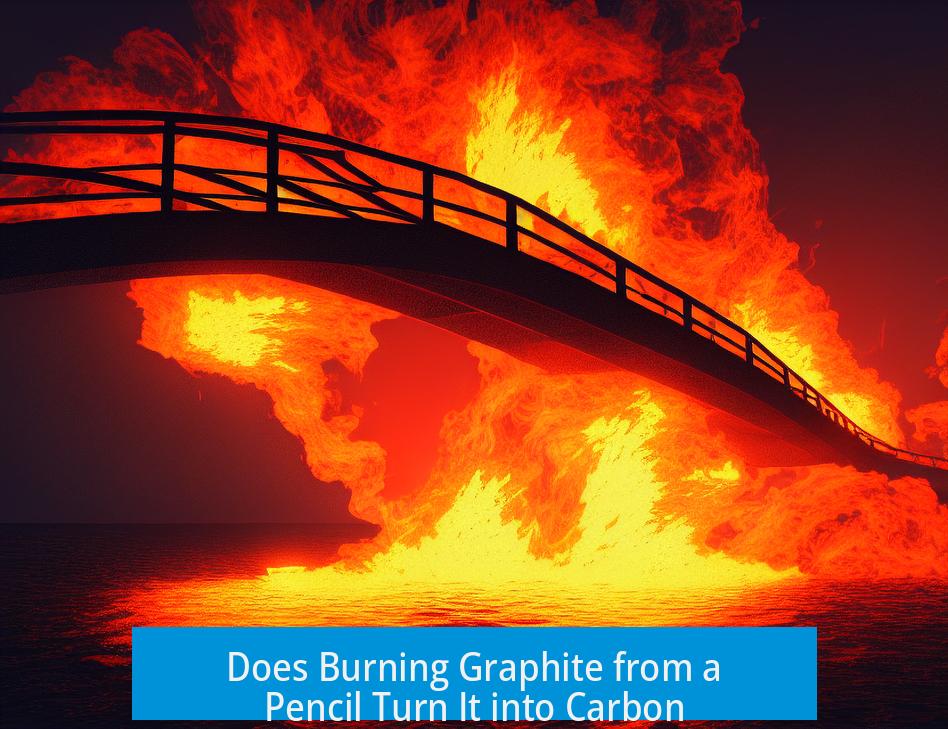
Burning graphite from a pencil does not turn it into carbon; graphite is already carbon. Instead, when you burn the graphite, it reacts with oxygen to form carbon dioxide (CO2).
Composition of Graphite in Pencils
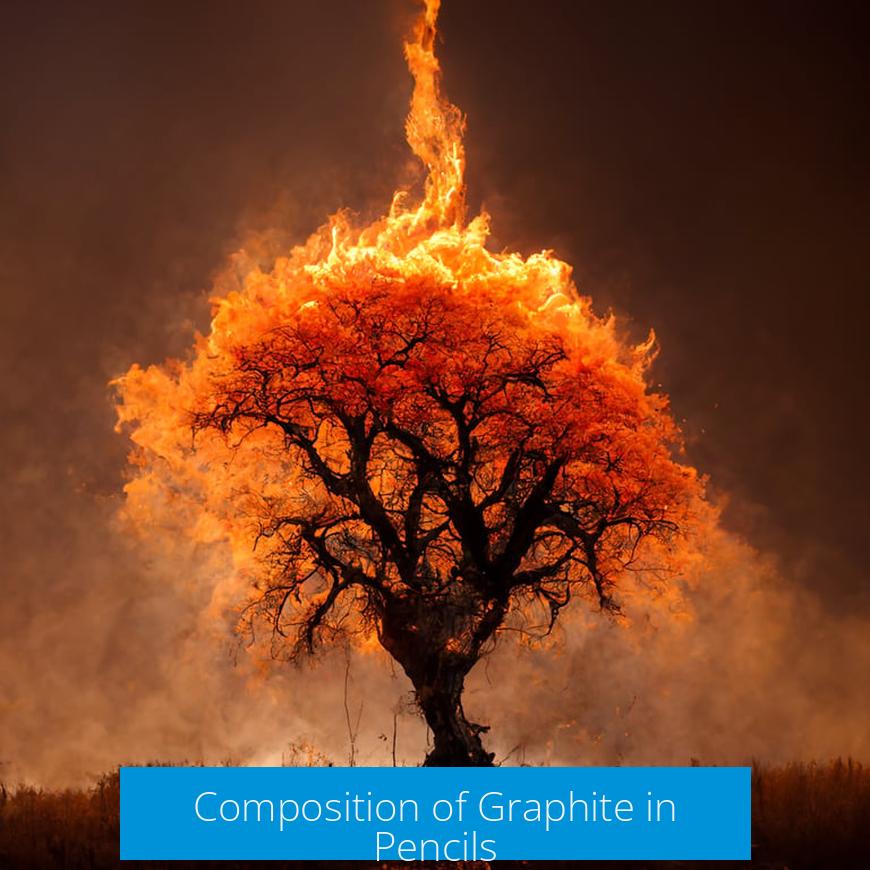
Graphite used in pencils is primarily pure carbon in a crystalline form. The term “pencil lead” is a misnomer, as no actual lead metal is present. Pencil cores often contain additional substances like clays or waxy materials, but graphite is the main component responsible for the writing material.
Chemistry of Burning Graphite
Burning graphite is a combustion reaction. In the presence of sufficient oxygen, the carbon atoms in graphite oxidize to carbon dioxide gas. The fundamental chemical reaction is:
C (solid) + O2 (gas) → CO2 (gas)
This means graphite is consumed during burning, converting it into gaseous products rather than producing elemental carbon. Thus, burning does not yield carbon; rather, it uses carbon and oxygen to produce carbon dioxide.
Other Components in Pencil Leads
While graphite is carbon, pencil leads include other compounds mixed for consistency and hardness. These often involve clays and waxy substances. These additives may also burn or decompose but do not alter the fundamental combustion of graphite to CO2. The exact composition can vary by pencil brand and type.
Additional Resources
For more detailed chemical and forensic analysis regarding graphite and pencil leads, scientific literature such as forensic science journals provide in-depth explanations.
Key Points to Remember
- Graphite in pencils is fundamentally carbon.
- Burning graphite converts it into carbon dioxide gas, not carbon.
- Pencil leads contain other materials like clays and waxes, which may also burn.
- Combustion requires oxygen; without it, different reactions may occur.
- Refer to forensic and chemical literature for detailed studies on pencil material combustion.
1. What happens chemically when graphite in a pencil is burned?
Graphite is mostly carbon. When burned with oxygen, it reacts to form carbon dioxide gas (CO₂). It doesn’t turn into carbon; it changes into CO₂ through combustion.
2. Does burning pencil “lead” produce pure carbon?
No. Pencil “lead” mainly contains carbon but also other materials like clay or wax. Burning it converts carbon into CO₂, so you won’t end up with pure carbon.
3. Why might pencil lead contain substances besides graphite?
Graphite is combined with clays and sometimes wax to give pencils the right hardness and texture. These extra materials affect the burning outcome.
4. Can burning graphite leave any solid residue?
Under normal conditions, graphite burns fully to carbon dioxide gas. Any residue would come from additives in the pencil, not the carbon itself.
5. Where can I find more detailed scientific information about burning graphite?
Specialized forensic science journals discuss graphite combustion. One helpful source is the ASTM forensic journal linked in the article.


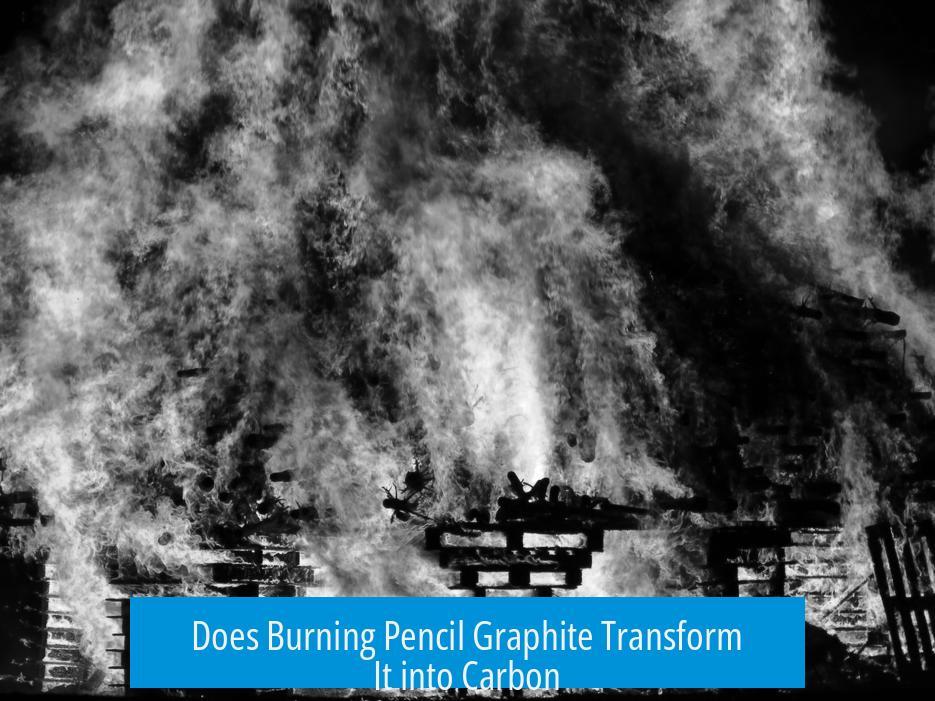
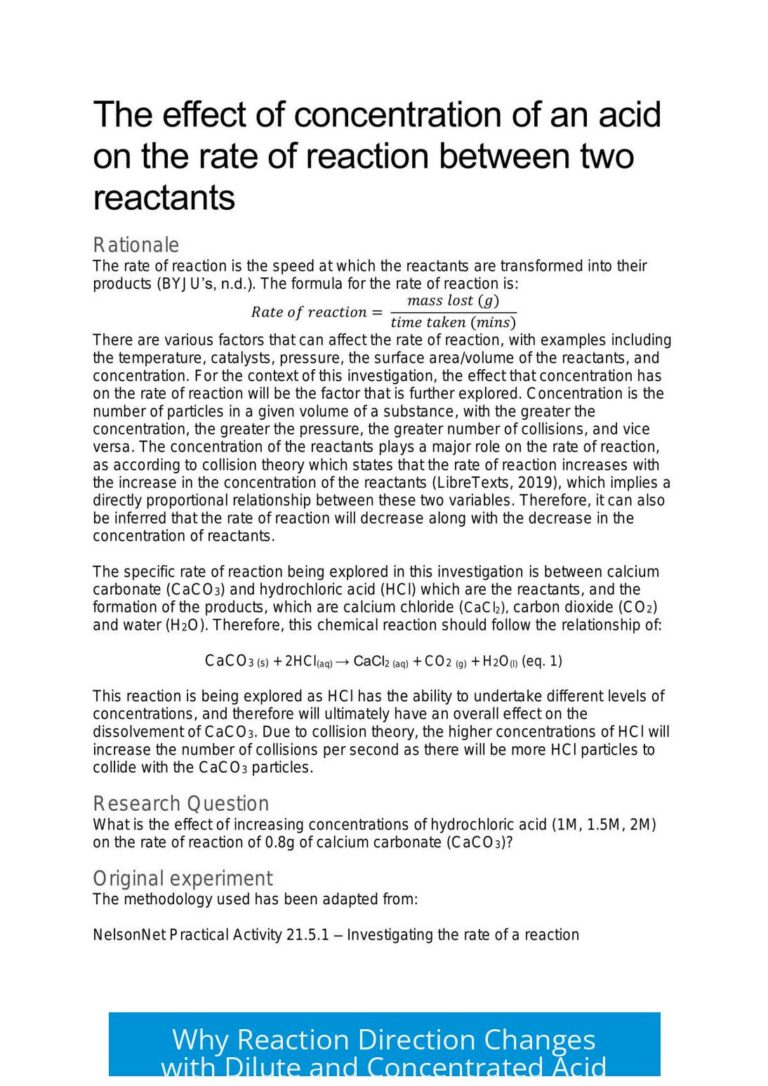
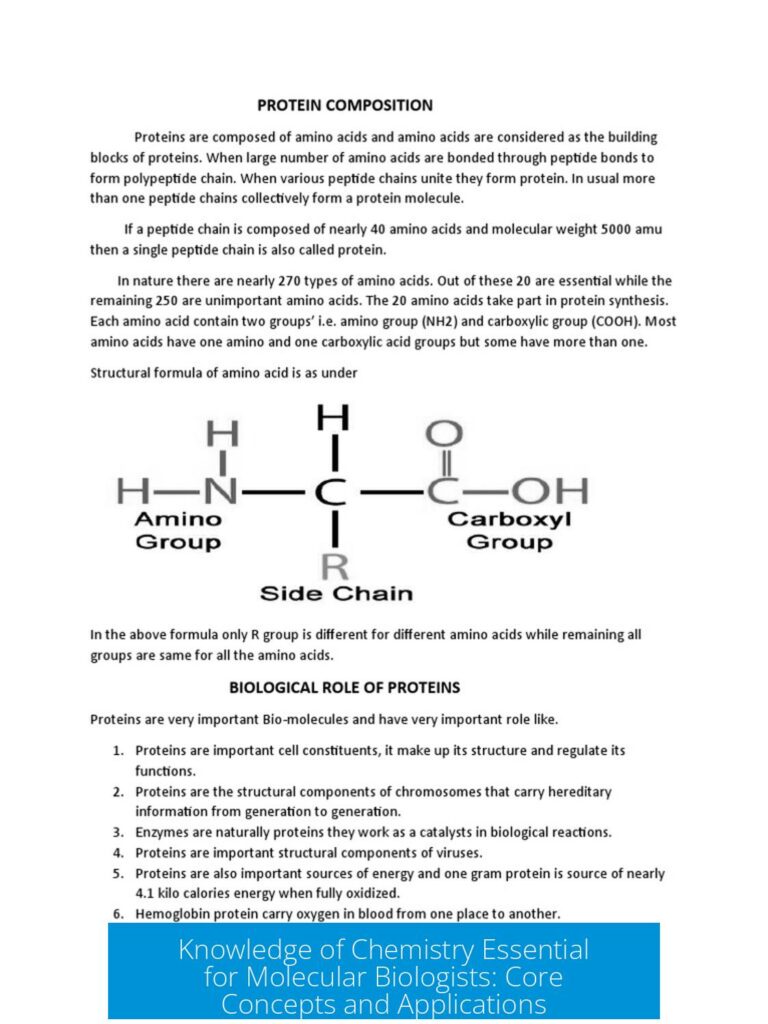
Leave a Comment